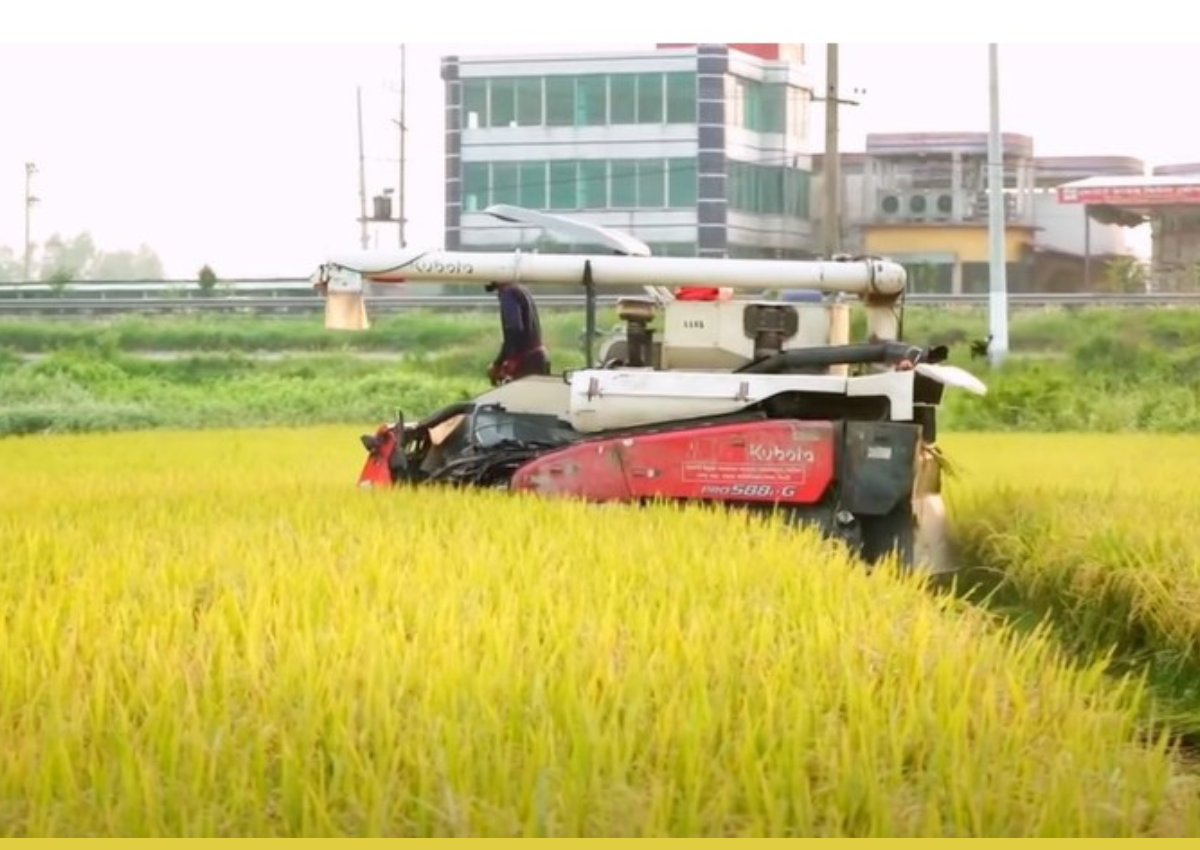Harvesters Bringing Smiles to Farmers’ Faces
1.Introduction to Harvester Machines
Harvesters, a critical advancement in agricultural technology, have revolutionized the farming industry by significantly enhancing the efficiency and productivity of crop harvesting. These machines, which come in various types such as combine harvesters, forage harvesters, and potato harvesters, are designed to perform multiple functions including reaping, threshing, and winnowing. The impact of harvesters on modern agriculture cannot be overstated—they have alleviated the physical burden on farmers, reduced labor costs, and increased crop yields, thereby bringing a smile to farmers’ faces across the globe.
2.The Evolution of Harvesters
The journey of harvester machines began in the early 19th century with the invention of simple reaping devices. Over the years, technological advancements have transformed these rudimentary machines into highly sophisticated and efficient harvesters. The introduction of the combine harvester in the 1930s marked a significant milestone, combining three major harvesting operations into one—cutting, threshing, and cleaning. Modern harvesters are equipped with advanced features such as GPS systems, automated steering, and real-time data analysis, making them indispensable tools in contemporary farming.
3.Benefits of Harvester Machines
- Increased Efficiency and Productivity
One of the most significant benefits of harvester machines is the dramatic increase in harvesting efficiency. Traditional manual harvesting methods are labor-intensive and time-consuming, often requiring large numbers of workers. In contrast, a single harvester can perform the work of many laborers in a fraction of the time. This increased efficiency not only speeds up the harvesting process but also ensures that crops are collected at their optimal ripeness, reducing losses due to spoilage or over-ripening.
- Cost Reduction
The use of harvesters leads to substantial cost savings for farmers. By replacing manual labor with mechanized harvesting, farmers can reduce their labor costs significantly. Although the initial investment in a harvester can be high, the long-term savings and increased productivity often outweigh the initial expenditure. Moreover, modern harvesters require less maintenance and fuel compared to older models, further reducing operational costs.
- Improved Crop Quality and Yield
Harvesters are designed to handle crops delicately, minimizing damage and ensuring better quality produce. Automated systems can adjust the machine’s settings based on the type and condition of the crop, leading to more precise and efficient harvesting. This precision helps in maximizing yield and preserving the quality of the crops, which is particularly important for high-value crops like fruits and vegetables.
- Labor Alleviation
The introduction of harvester machines has significantly reduced the physical strain on farmers and agricultural workers. Manual harvesting is not only laborious but also poses risks of injuries and long-term health issues. Harvesters take on the heavy lifting, allowing farmers to focus on other important aspects of farm management. This shift has improved the overall quality of life for many farmers, contributing to a more sustainable and appealing agricultural profession.
- Environmental Benefits
Modern harvesters are designed with sustainability in mind. They are more fuel-efficient and produce lower emissions compared to older models. Additionally, some harvesters come with features that allow for the collection and recycling of crop residues, which can be used as animal feed or organic fertilizer. This reduces waste and promotes a more sustainable agricultural cycle.
- Challenges and Future Prospects
- Initial Investment and Accessibility
Despite their numerous benefits, harvester machines can be prohibitively expensive for small-scale farmers. The high initial cost of purchase and maintenance can be a barrier, limiting accessibility. However, cooperative farming models, government subsidies, and rental services are emerging solutions that can help small farmers gain access to these vital machines.
- Technological Learning Curve
The advanced technology embedded in modern harvesters requires farmers to acquire new skills and knowledge. Training programs and support services are essential to ensure that farmers can effectively use and maintain their harvesters. Bridging this technological gap is crucial for the widespread adoption of these machines.
- Future Innovations
The future of harvester machines looks promising, with continuous advancements aimed at further improving efficiency, precision, and sustainability. Innovations such as autonomous harvesters, which can operate without human intervention, and the integration of artificial intelligence to analyze crop conditions and optimize harvesting processes, are on the horizon. These advancements will likely make harvester machines even more accessible and beneficial for farmers of all scales.
Harvester machines have undeniably transformed the landscape of modern agriculture, bringing efficiency, cost savings, and improved crop quality. By alleviating the physical burden on farmers and reducing operational costs, these machines have played a crucial role in enhancing the overall productivity and sustainability of farming. As technology continues to advance, the future of harvesters holds even greater promise, ensuring that the smiles on farmers’ faces grow ever broader. The journey of harvester machines, from simple reapers to sophisticated, multi-functional marvels, underscores the profound impact of technology on agriculture and the boundless possibilities that lie ahead.




